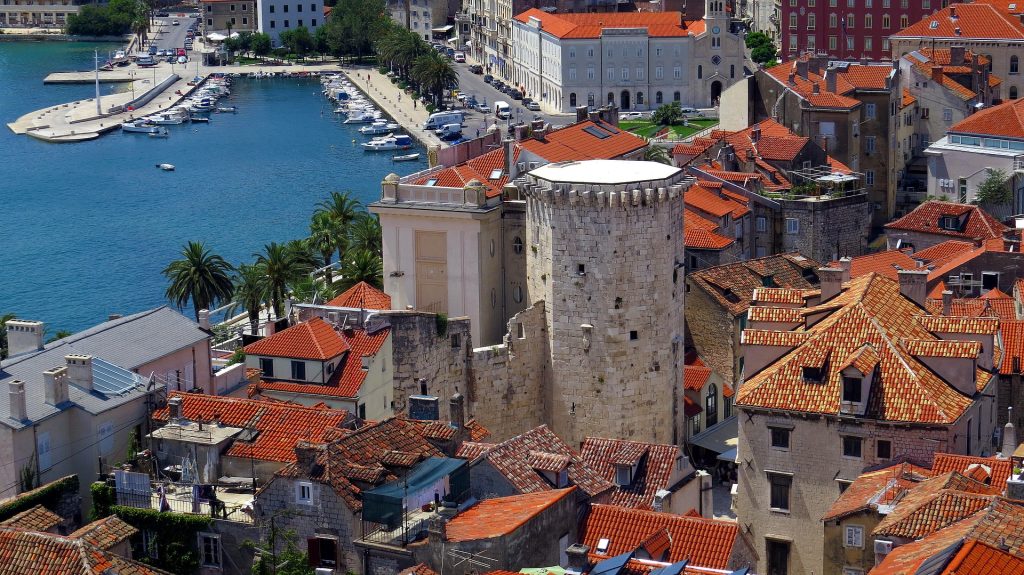May the 9th, 2024 – In the first four months of this year, a massive 72,000 foreign workers entered the country as Croatia’s labour market changes its looks.
As Poslovni Dnevnik/Marija Brnic writes, the first data on the number of insured persons at the Croatian Pension Insurance Institute shows new record values in the last three decades. In April, the number of employees exceeded 1.69 million and compared to the previous year, it increased by about 52,000, about three percent.
This growth was also helped by the new employment of foreign workers. They came from third countries outside of the EEA, and the Interior Ministry (MUP) also published the latest data showing that by the end of April this year, the employment of almost 73,000 foreign workers was approved.
In relation to the number of permits issued in the first three months of 2024, it can be seen that almost 21,000 new permits were issued and extended in April. When we compare that to the same period in 2023, the number of permits issued to foreign workers increased by a third.
Although at the beginning of the year Nepal proved to be the main market from which workers arrived for Croatian employers, Bosnia and Herzegovina returned to the first position with the data for April. In April, about four thousand permits were issued for workers from that neighbouring country. The total figure for the first four months of 2024 exceeded 14 thousand permits, and 13.7 thousand for Nepalese nationals.
With slightly less than 10 thousand permits, Serbia is the third emitting market for employees in Croatian companies, followed by India (seven thousand), the Philippines (five thousand), and Macedonia, Bangladesh, Kosovo, Uzbekistan and Egypt.
Enterprises from the construction sector mostly try to cover the shortage on the domestic labour market by “importing” foreign workers. The Interior Ministry granted that sector more than 25,000 permits. As the tourist season gets going, the demand of hoteliers and restaurateurs also intensifies, who have been approved to employ around 23 thousand employees, either by issuing new or extending work permits or by seasonal employment.
Statistical data from the Interior Ministry also shows that coastal counties also continue to have a high demand for workers from third countries. The City of Zagreb and Zagreb County is monitored by the Interior Ministry as a unified police department, and it gave the rubber stamp to permits for a total of 15,000 foreign workers this year.
In the first four months of 2024, Istria, which is five times smaller in number, had permits for the employment of 11.5 thousand foreigners approved. Other “tourist” counties are also at the top in terms of hiring foreigners – Split-Dalmatia County (eight thousand), Primorje-Gorski Kotar and Dubrovnik-Neretva County (about six thousand), and Zadar County (4.5 thousand).
Of the continental areas of the country, Varaždin County stands out in terms of number of permits issued for foreign workers (four thousand), while MUP issued the fewest work permits in the two least developed counties, Požega-Slavonia and Virovitica-Podravina, with less than 400 in each location.
Dealing with the problem of a lack of workers is a painful topic in other European countries as well, and even in neighbouring countries to which Croatia still reach out and satisfy certain employment needs. Figures from the last year before the abolition of the quota system testify to the scale of the increase in Croatian needs.











